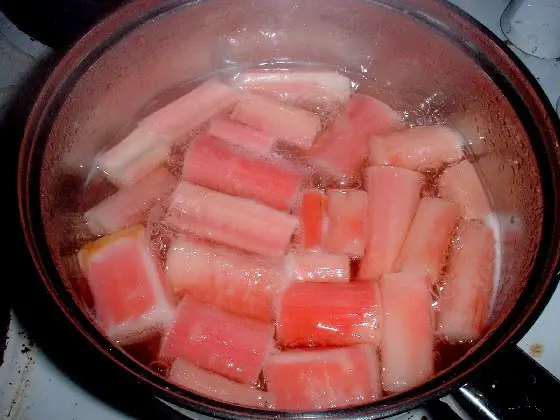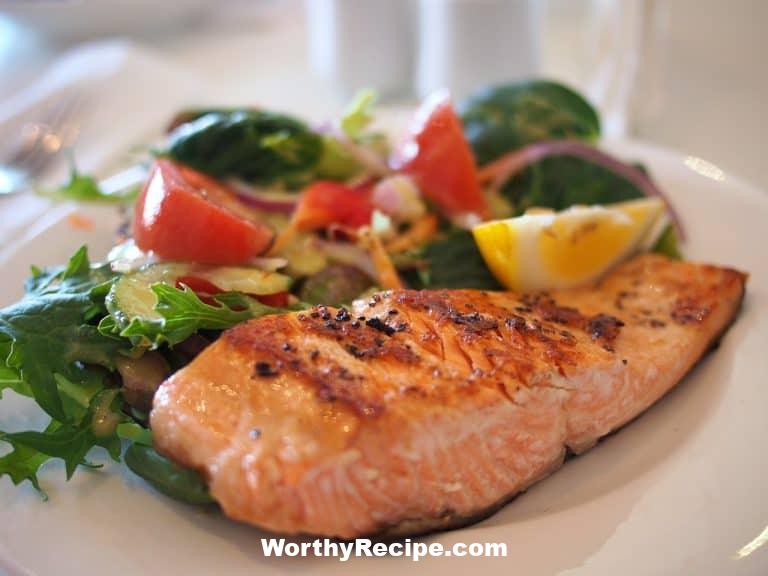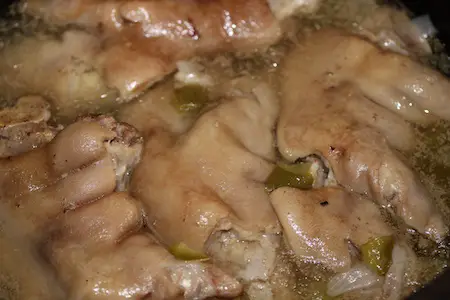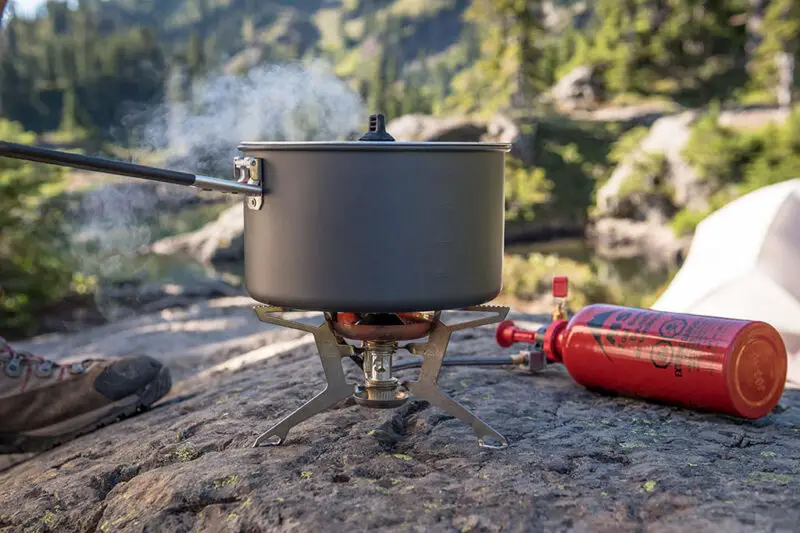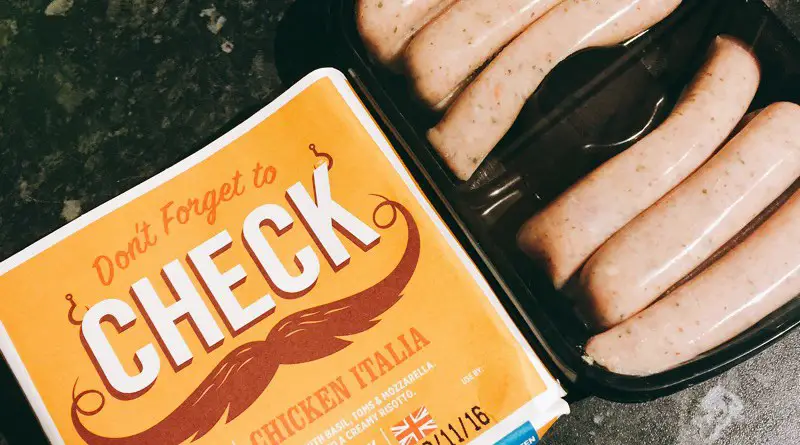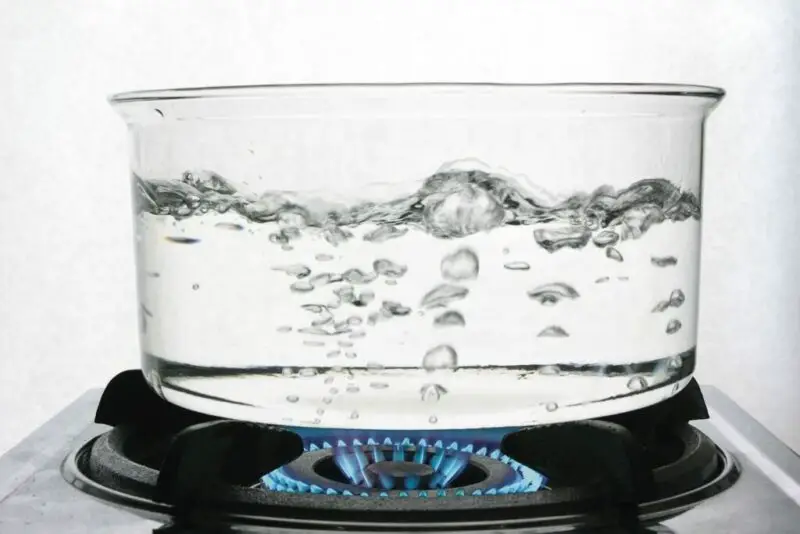What is the Difference Between Steaming and Boiling?
If you’re a cooking enthusiast, you’ve likely heard the terms “steaming” and “boiling.” These two methods of cooking are similar in that they involve heating food with water vapor. However, there are some significant differences between the two, making each method better suited for specific situations. In this article, we’ll explore the difference between steaming and boiling so that you can choose the right method for your culinary needs.
The Basics of Boiling
Boiling is a method of cooking where a liquid (usually water) is heated until it reaches 100 degrees Celsius. At this temperature, the water turns into steam, producing bubbles that rise to the surface. Different foods require different boiling times as a function of their temperature and density.
To boil something properly, here are some general steps:
- Place the food in a pot with enough water to cover it.
- Put the pot on a heat source.
- Wait for the water to reach boiling point.
- Simmer or keep boiling depending on what you’re cooking
Boiling is frequently used for cooking pasta, making soup, or preparing hard-boiled eggs. It can also be used to sterilize utensils due to its high temperature.
The Basics of Steaming
Steaming is when food is cooked using hot steam from boiling water. The steam surrounds the food and warms it gradually, allowing it to cook more evenly than if it were boiled. Steam targets delicate food items like fish, vegetables or tofu while keeping in their nutrients and flavor. It’s gentle enough to cook proteins like chicken and seafood without harming them; as such, steaming is more suited for delicate meals.
To steam food, the following general steps apply:
- Add water to a steamer pot or a pot with a steaming basket.
- Heat the water and wait for the steam to develop
- Add the food to the steaming basket and place it over the pot.
- Cook until done
When using a microwave as a cooking source, an alternative method of steaming is using microwaveable bags instead of steaming baskets.
Advantages of Steaming
Steaming is typically considered to be one of the healthiest ways to cook. Here are some reasons why:
- Retains Nutrients: Unlike boiling, which can cause nutrients to leach out into the water, steaming allows food to retain much of its nutritional value.
- Better Texture and Flavor: Steamed foods retain their texture and original flavor since there’s no direct contact between them and water.
- Energy-Efficient: Since you don’t need as much water to steam, it’s a more efficient way to cook. Furthermore, there isn’t any wastage either from oversaturation or having water leftover in your food
For certain foods like fish and vegetables that require delicate temperature control to achieve their ideal texture and flavor profile, steaming is particularly effective in maintaining their desired outcome. Steaming also eliminates worries about messy or complicated prep work by streamlining cooking times.
When Should You Boil Food?
If you’re trying to make something that needs high heat levels for the entire cooking process – like pasta or hearty soups – boiling is usually the best approach to take. Similarly, if you need to soften up ingredients fast so they’ll cook more quickly, boiling is the right choice. Moreover, it’s also very effective as a sterilizing method for kitchens and for science experiments.
Best Foods to Steam
While there is no exhaustive list of foods that can be steam-cooked, here are some meals that seem particularly well-suited to steaming:
- Fish and Seafood: Steaming allows fish and seafood to cook gently and remain moist while retaining their inherent sweet or savory flavors.
- Rice, Quinoa, and other Grains: Cooking rice with steam avoids making it either under- or overcooked. Similarly, other grains such as quinoa cook well using this method.
- Vegetables: The gentle steaming process makes every part of your vegetable plump and flavorful while maintaining their full texture. As a result, your food will not only end up looking great but tasting fantastic too – no flavor loss!
Steaming Equipment
You can choose from several types of steamers depending on what you’re cooking. Some popular options include:
- Electric Steamers: These plug into an electrical socket and require nothing more than water and an appropriately sized container where you can place your food in a bowl. Some electric steamers have automatic cooking features, making them easy to use for beginners.
- Stovetop Steamers: These use heat from the stove to produce steam but require a microwave-safe bowl or basket for holding food above the water level.
- Traditional Steamers: These are bamboo or metal baskets used in cooking food items directly above boiling water. They are a delicate, old-fashioned way to steam but are very effective at maintaining the food’s structure and quality.
Potential Downsides to Steaming
While steaming offers several advantages, there are some disadvantages to consider, including:
- Increased Cooking Time: Steaming takes longer than boiling since it relies on gradual heat transfer to soften foods.
- Lack of Flavor: Steamed foods can sometimes taste bland because they don’t interact with water or oil like they would in boiling or frying.
- Moisture-Related Spoilage or Infection: When steaming food it’s important to ensure that everything is cooked thoroughly to prevent unwanted bacterial growth.
New Cooking Techniques for Steamed Food
If you love to experiment in the kitchen, there are several ways that you can add flavor to foods when steaming:
- Add Herbs or Aromatics: Place fresh herbs or strong aromatics like ginger and garlic in steamer pots or baskets for added flavor and aromatic qualities.
- Season Your Food Before Steaming: This helps your food better absorb flavors while cooking. What’s more, it’s a quick fix that saves time and makes mealtimes more delicious!
- Add Flavor Sources During the Steaming Process: Components like soy sauce, vinegar, and stock can be added directly into the steaming water for added natural flavors.
Practical Advice for Using Steaming and Boiling
To help you choose between boiling and steaming, here’s some practical advice you may find useful:
- Know your food: Knowing the right way to cook any type of food is essential. Some foods need a heavy heat source like boiling, while others require gentler cooking like steaming.
- Take care in prepping ingredients: Cut ingredients to the size that matches their weight and density so that cooking times are more uniform and predictable.
- Decide between steaming or boiling based on temperature control and energy efficiency needs: Steaming offers gentler heat control for softer foods, while boiling accelerates meal prep with high heat levels.
Conclusion
While both methods offer benefits and downsides, there are distinct differences between steaming and boiling. For certain foods, one method may be better than the other. Hence, understanding when to use which technique and how to utilize them effectively is crucial in perfecting culinary skills.
Can I use the same type of cookware for both boiling and steaming?
Yes, you can use the same type of cookware for both boiling and steaming. However, when steaming, you will need to use a steamer basket or a sieve to hold the food above the water level.
Which method is better for retaining nutrients in food?
Steaming is known to be a better method for retaining nutrients in food as it minimizes nutrient loss that occurs during boiling. This is because boiling causes leaching of vitamins and minerals from food into the cooking water.
What are some examples of foods that are best suited for boiling?
Foods that are dense and require longer cooking times are better suited for boiling. Examples include vegetables like potatoes, carrots, and broccoli, as well as legumes, pasta, and eggs.
Are there any advantages to using steam over boiling when cooking?
Steaming has several advantages over boiling. Firstly, it requires no added fat or oil, which makes it ideal for low-fat diets. Secondly, it results in a moist and tender texture in food, without compromising on flavor. Lastly, steaming preserves the color and appearance of food better than boiling does.
